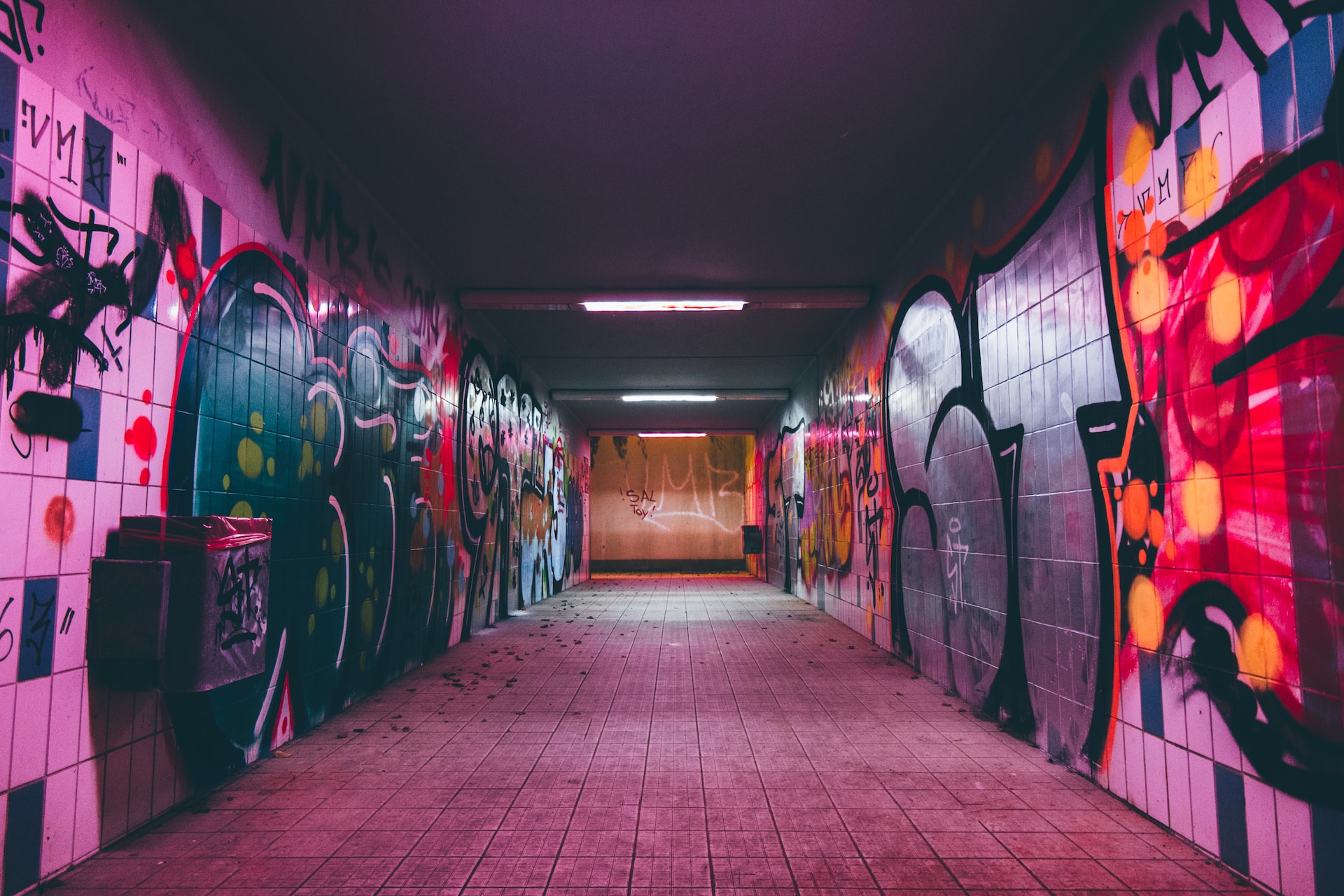Buenos Aires, the capital city of Argentina, is a vibrant metropolis known for its rich cultural heritage, passionate tango dancing, and, notably, its colorful and dynamic street art. The city’s urban landscape serves as a canvas for street artists, transforming neighborhoods into open-air galleries that offer a visual feast for residents and visitors alike. This blog post will take you on a short trip through the street art of Buenos Aires.
The Origins
The street art scene gained momentum in the early 2000s, emerging as a form of political expression during the economic crisis that gripped Argentina. Murals and graffiti became tools for communication, with artists using the city’s walls to convey social and political messages. Over time, this evolved into an artistic movement, with local and international artists leaving their mark on the city’s architecture.
A Diverse Tapestry of Styles and Themes
The diversity of Buenos Aires street art is one of its most striking aspects. The murals range from political and social commentary to whimsical and abstract designs. Each piece tells a story, reflecting the artist’s perspective and the city’s multifaceted character.
Artists like Alfredo Segatori, known for his large-scale, realistic murals, and Martín Ron, whose works often feature surreal and fantastical elements, are just two examples of the diverse talent contributing to the city’s street art landscape. International artists have also played a significant role, drawn to Buenos Aires by its welcoming attitude towards street art.
Legal Framework and Public Perception
Unlike many other cities where street art is often illegal, Buenos Aires has a more lenient attitude towards these public art displays. This legal flexibility has encouraged the growth of the street art scene, with artists freely creating large-scale murals without fear of legal repercussions. The public’s perception of street art is generally positive, viewed as an integral part of the city’s cultural identity.
Street Art Tours: A Unique Way to Explore the City
For visitors, one of the best ways to experience the street art is through guided tours. These tours, often led by local artists or enthusiasts, provide insight into the history and significance of the murals. Neighborhoods like Palermo, San Telmo, and La Boca are popular destinations, each boasting its own unique style and atmosphere.
The Role of Street Art in Community Building
Street art in Buenos Aires is more than just an aesthetic contribution to the urban landscape; it plays a significant role in community building. Murals often become landmarks and sources of pride for local neighborhoods, fostering a sense of identity and belonging. They also attract tourists, contributing to the local economy and raising awareness of the city’s cultural richness.
Challenges and Preservation Efforts
Despite its popularity, Argentinian street art faces challenges. The transient nature of street art means that murals can be subject to weathering, vandalism, or being painted over. Preservation efforts by local organizations and the government are crucial in maintaining these artworks for future generations.
The Future
The future of street art looks promising. The city continues to attract new talent, and the ongoing dialogue between artists, residents, and authorities suggests a sustainable growth of this artistic expression. As Buenos Aires evolves, so too does its street art, reflecting the city’s changing dynamics and remaining an essential part of its cultural fabric.
Conclusion
The vibrant street art of Buenos Aires is a testament to the city’s creative spirit and its residents’ resilience and passion. It offers a unique lens to view and understand the city. It blends politics and community in a colorful and dynamic display. For anyone visiting Buenos Aires, exploring its street art is an experience not to be missed, offering a deeper connection to the heart and soul of this remarkable city.
